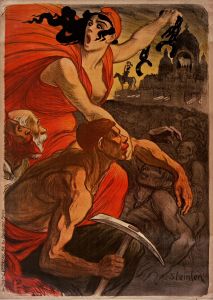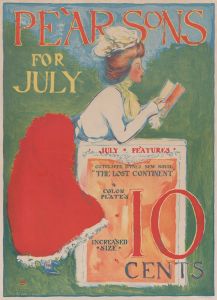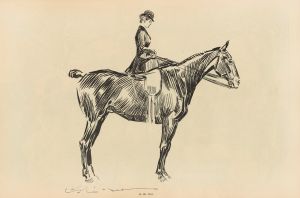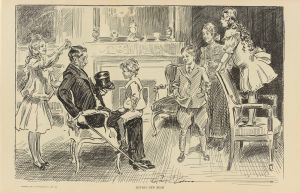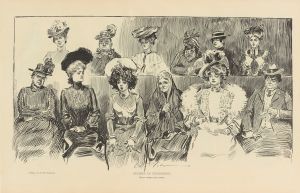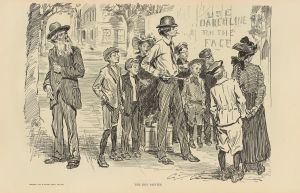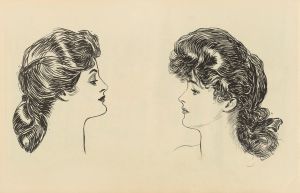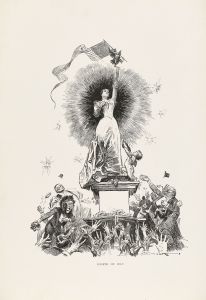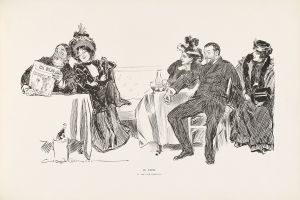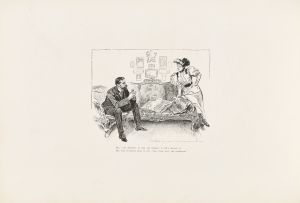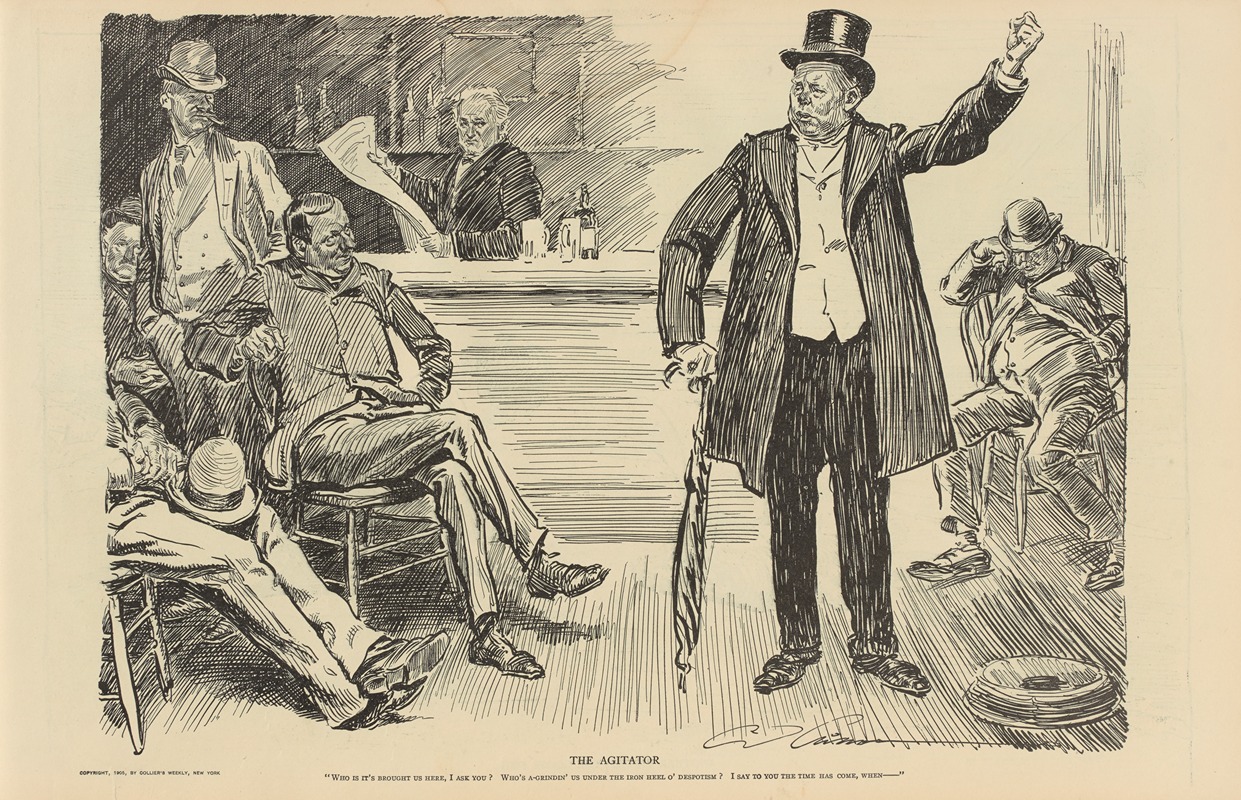
The agitator
A hand-painted replica of Charles Dana Gibson’s masterpiece The agitator, meticulously crafted by professional artists to capture the true essence of the original. Each piece is created with museum-quality canvas and rare mineral pigments, carefully painted by experienced artists with delicate brushstrokes and rich, layered colors to perfectly recreate the texture of the original artwork. Unlike machine-printed reproductions, this hand-painted version brings the painting to life, infused with the artist’s emotions and skill in every stroke. Whether for personal collection or home decoration, it instantly elevates the artistic atmosphere of any space.
Charles Dana Gibson was an influential American illustrator, best known for his creation of the "Gibson Girl," an iconic representation of the American woman at the turn of the 20th century. Among his numerous works, "The Agitator" stands out as a significant piece, reflecting the socio-political climate of its time.
"The Agitator" is a black-and-white illustration that showcases Gibson's adept skill in pen-and-ink drawing. While specific details about the creation date of "The Agitator" are not widely documented, it is known that Gibson was actively producing illustrations from the late 19th century into the early 20th century. His works were frequently published in popular magazines such as Life, Harper's Weekly, and Scribner's, which were instrumental in shaping public opinion and discourse during that era.
Gibson's illustrations often contained social commentary, and "The Agitator" is no exception. The piece typically depicts a figure, often male, engaged in oratory or some form of public persuasion, capturing the essence of political and social movements of the time. This was a period marked by significant social change, including labor movements, women's suffrage, and other reformist activities. Gibson's work often reflected these themes, using satire and keen observation to comment on the societal shifts occurring around him.
The style of "The Agitator" is characteristic of Gibson's work, featuring detailed line work and expressive characters. His ability to convey complex emotions and social dynamics through simple black-and-white imagery was a testament to his skill as an illustrator. The figures in his drawings are often exaggerated in their expressions and postures, which adds a layer of humor and critique to the scenes he depicted.
Gibson's work, including "The Agitator," played a role in the broader cultural landscape of America during his lifetime. His illustrations not only entertained but also provoked thought and discussion among the public. By capturing the zeitgeist of his era, Gibson's art provides valuable insights into the attitudes and issues that were prevalent at the time.
While "The Agitator" itself may not be as widely recognized as the "Gibson Girl," it remains an important part of Gibson's oeuvre, showcasing his versatility and engagement with the pressing issues of his day. His legacy as an illustrator is marked by his ability to blend artistry with social commentary, making his work both aesthetically pleasing and intellectually stimulating.
In summary, "The Agitator" by Charles Dana Gibson is a reflection of the artist's engagement with the social and political issues of his time. Through his masterful pen-and-ink technique, Gibson captured the spirit of an era marked by change and reform, leaving a lasting impact on American illustration and cultural history.





